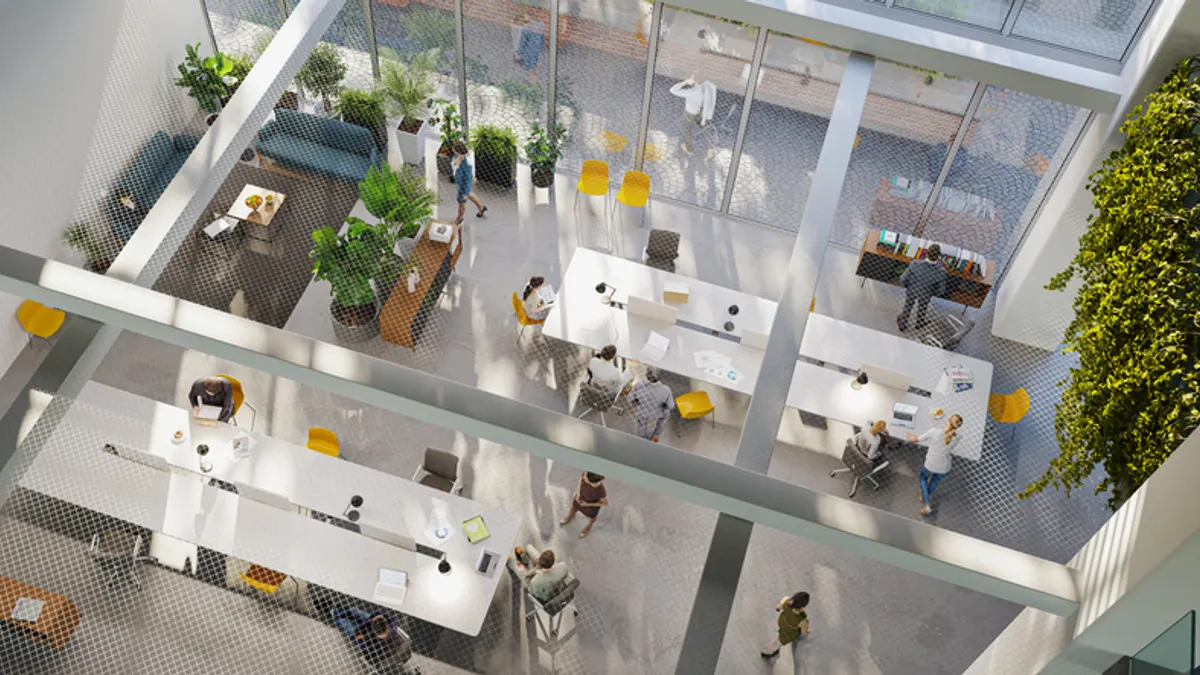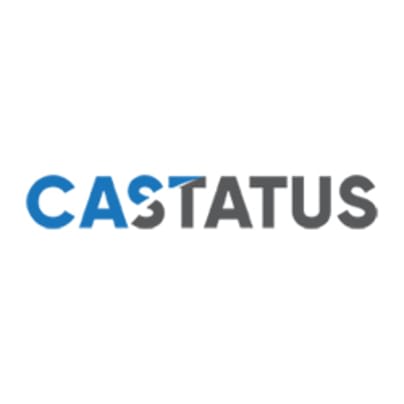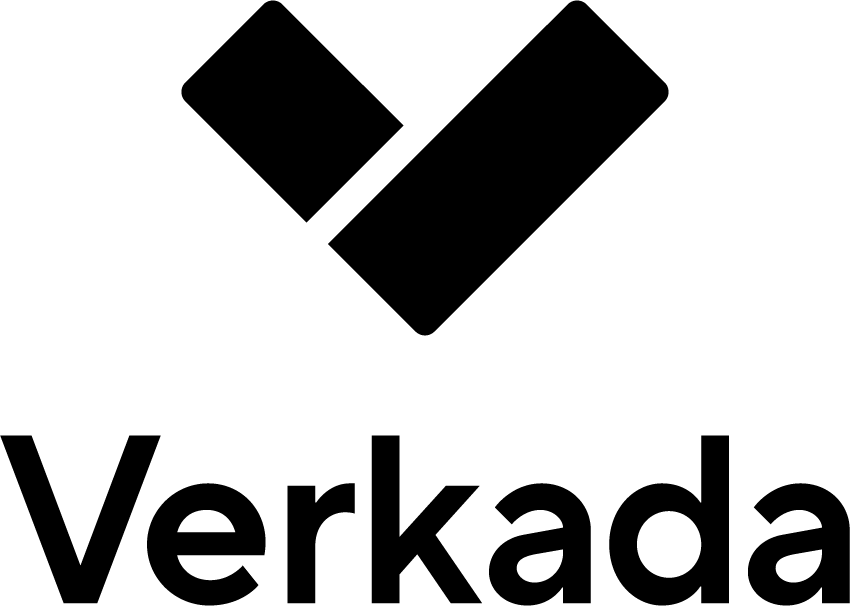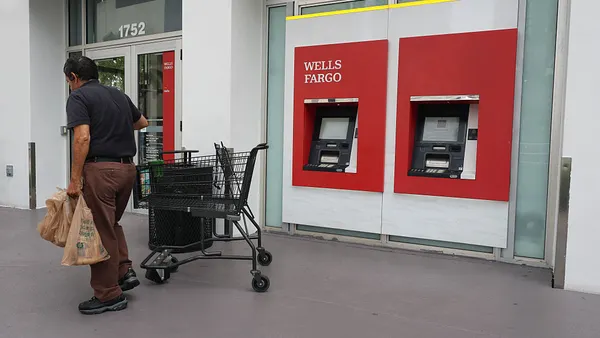Ryan Elder is principal at Facility Systems, Inc.
Facilities managers and other corporate real estate leaders are navigating one of the fastest-changing environments we’ve ever seen. Hybrid work models, shifting headcounts and pressure to reduce costs are forcing companies to rethink not just their office footprints but the speed at which they can make decisions.
In this environment, even small delays add up. Every week that a test fit drags on is a week of uncertainty for facility managers trying to keep projects moving, executives trying to make lease decisions and finance leaders tracking occupancy costs.
It’s not the professionals involved in the project that slow things down. It’s the way the process was designed.
Here’s an example: A company is negotiating a lease. It needs quick answers on how many people will fit, what departments go where and whether the space aligns with long-term needs. The request goes out for a test fit. Drawings get passed around, redlined, re-drawn and sent back again. By the time leaders have the information they need, weeks have passed, when typically they needed the information in a week.

Nobody is at fault. Facility managers are doing their best to keep buildings running while fielding daily requests from executives. Architects are trained for major projects, not rapid what-if scenarios. Furniture dealers are focused on product specifications, pricing and vendor coordination, not churning out test fits. The system wasn’t built for speed.
This is where a different approach — what I call a DesignOps mindset — becomes valuable. Borrowing inspiration from how other industries have streamlined operations, the idea is simple: treat design support as an ongoing operational need, not a one-off project tied to a construction event.
What might that look like?
- Faster test fits. Layouts delivered in days, not weeks, so executives can make confident decisions sooner.
- On-call design support. Facility managers having access to a partner who can jump in quickly, like an extension of their team.
- Standards and intent drawings. A consistent baseline that reduces rework and confusion across multiple offices.
- Integration with IWMS tools. Keeping space data live and accurate, instead of siloed or outdated.
The point is to connect the dots so real estate decisions can keep pace with today’s business demands.
The business case
Every week of delay in a real estate decision carries real costs: extended leases, delayed move-ins or stalled construction schedules. On the flip side, a decision made with speed and clarity accelerates everything downstream: approvals, budgets, negotiations and execution.
I’ve seen companies lose momentum simply because they couldn’t get an answer fast enough. Conversely, I’ve seen others move with speed, lock in favorable lease terms and start construction while competitors were still waiting on drawings.
Facility managers, in particular, are under tremendous pressure. They’re tasked with everything from safety compliance to furniture reconfigurations, often without the bandwidth or technical resources to keep up. Too often, they’re forced to be the bridge between architects, furniture dealers, brokers and executives.
A DesignOps approach lightens that load. By having access to fast, reliable design support, facility managers can focus on running the business instead of getting buried in redlines and space data updates.
A step forward
DesignOps isn’t the only solution. But our industry benefits when we ask hard questions.
- Why should it take weeks to get a floor plan in an era when we can get real-time financial or HR data instantly?
- How do we reduce the burden on facility managers who are already stretched thin?
- What would it look like if we treated design support as a service layer that runs continuously, just like IT or HR?
These aren’t rhetorical questions. They’re practical challenges that would benefit organizations when answered.
Hybrid schedules, new amenity expectations, sustainability goals and cost pressures aren’t going away. Facility managers and others responsible for leading organizations through these issues need a process that gives them clarity quickly so they can make real estate decisions with confidence.
Whether it’s called DesignOps or something else, companies that experiment with new approaches will be the ones that move faster, spend smarter and create better spaces for their people. Those that stick to the way they’ve always done it risk falling behind in a quickly moving business environment.
That’s the opportunity in front of us: to rethink not just how we design workplaces but how we deliver design support in the first place.












